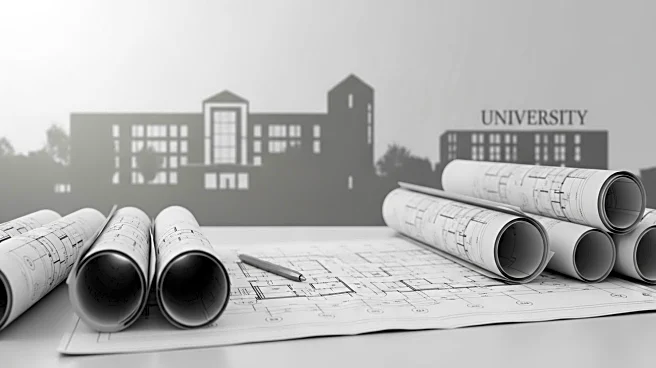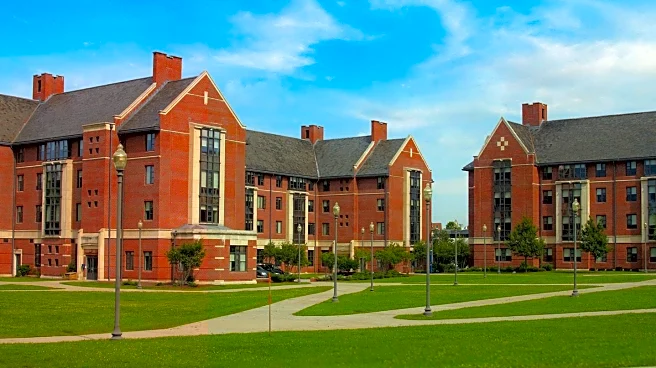What's Happening?
The higher education sector is grappling with issues of sustainability as institutions face increased competition for students and funding. The concept of 'carrying capacity' is being applied to higher education, suggesting that there may be too many institutions for the available resources. This has led to closures of small private colleges and reductions in programs at larger universities. The pressure to evolve rapidly or face closure is prompting institutions to reconsider their strategies and adapt to changing demands.
Why It's Important?
The challenges facing higher education institutions have significant implications for the future of academia and access to education. As competition intensifies, institutions must innovate to attract students and secure funding. This situation highlights the need for strategic planning and adaptation to ensure sustainability. The potential 'die-off' of institutions could reshape the educational landscape, affecting students, faculty, and communities. Understanding these dynamics is crucial for policymakers and educational leaders to address the systemic issues and support the evolution of higher education.
Beyond the Headlines
The concept of carrying capacity in higher education raises ethical and strategic questions about resource allocation and institutional priorities. The pressure to evolve may lead to innovative approaches in education delivery and curriculum design. Institutions that successfully adapt could serve as models for others, fostering a more resilient and responsive educational system. The broader implications of these changes may influence societal perceptions of higher education and its role in economic and social development.










